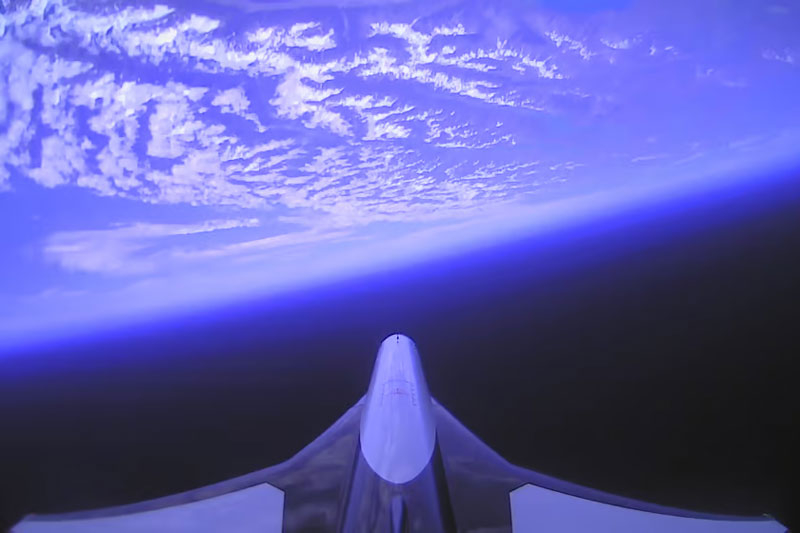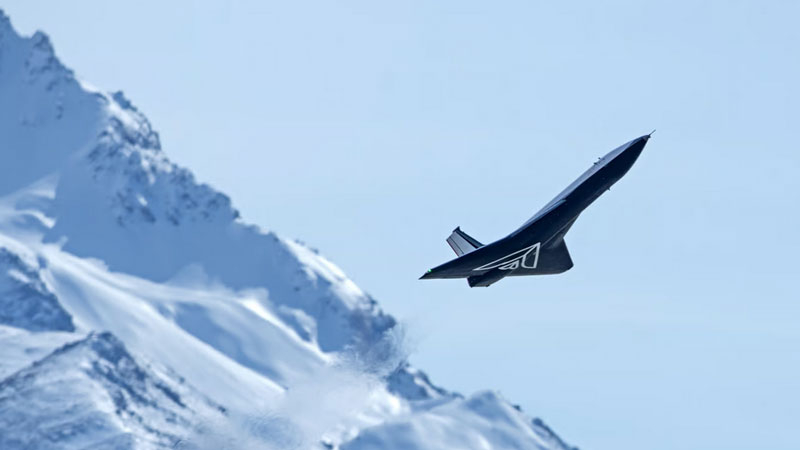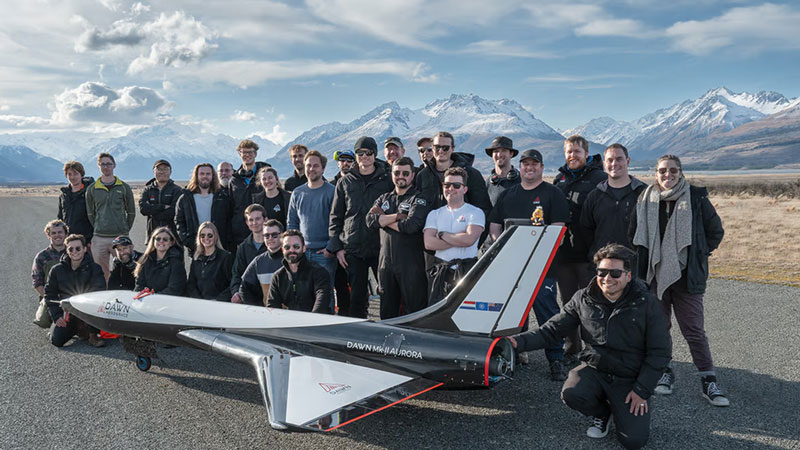On November 12, 2024, New Zealand startup Dawn Aerospace completed a landmark test of the prototype supersonic spaceplane Mk-II Aurora. The 4.8 m long model, powered by a rocket engine fueled by hydrogen peroxide and kerosene, broke the speed of sound for the first time, accelerating to Mach 1.1. This was the 57th flight of the prototype, which each time demonstrates increasingly higher capabilities and aims to go into space in the future.

Image source: Dawn Aerospace
As part of the next test, the unmanned vehicle rose to a height of 25,150 m. The weight of the prototype is 200 kg. In the final version, it will be a reusable spaceplane, capable of launching twice a day and reaching altitudes from 35 km to 100 km. It will also be able to launch cargo into low Earth orbit in a disposable version using an upper stage.

Altitudes from 35 km to 100 km are not serviced by airplanes, balloons, or satellites. This creates a unique business opportunity for Dawn Aerospace. The Aurora spaceplane will be able to deliver scientific cargo to target altitudes and conduct experiments in microgravity conditions at a relatively low cost.

«This achievement highlights the enormous potential of rocket-powered aircraft to achieve previously unattainable performance,” said Stefan Powell, CEO of Dawn Aerospace. — Having carried out the 57th flight test, we eliminated the last serious technical risk in the Aurora program – testing the dynamics of the device in transonic mode. We have now confirmed that Aurora has the highest rate of climb of any aircraft ever built. This milestone lays the foundation for Aurora to become the world’s highest altitude and fastest flying aircraft, paving the way for the first operational hypersonic aircraft that will redefine aviation capabilities.”
It sounds pretentious, but it can be confirmed by deeds. The company expects to reach Mach 3 in about a year. There’s not long to wait.